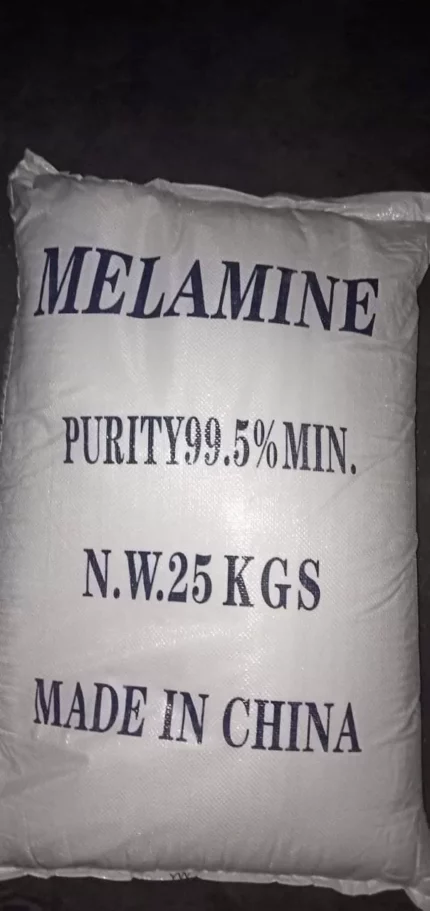

High gluten wheat flour
$0.01
High gluten wheat flour refers to varieties of wheat that contain a higher proportion of gluten proteins compared to other wheat varieties. Gluten is a complex mixture of proteins found in wheat and other grains such as barley and rye. It provides elasticity and structure to dough, making it important for baking purposes.
High gluten wheat is typically preferred for making bread and other baked goods that require a strong, chewy texture and good rise. The increased gluten content in high gluten wheat results in a higher protein content, particularly in the form of glutenin and gliadin proteins, which contribute to the formation of gluten when mixed with water.
The elevated gluten levels in high gluten wheat allow for better gluten development during the dough formation process, resulting in bread with a desirable texture and volume. The enhanced elasticity and strength of the gluten network in high gluten wheat contribute to the retention of gas bubbles during fermentation, leading to a more substantial and well-risen final product.
High gluten wheat flour Uses
Primary Uses (Direct Baking Applications)
-
Artisan Breads & Baguettes – Provides a strong gluten network for chewy texture and good oven spring.
-
Bagels – Gives the dense, chewy texture characteristic of traditional bagels.
-
Pizza Dough – Enhances stretchiness and helps retain shape during baking.
-
Sourdough Bread – Supports fermentation and structure development.
-
Pretzels – Contributes to the firm, chewy consistency.
-
Durum Wheat Pasta – Sometimes blended with semolina for extra elasticity.
-
Chinese Noodles (e.g., Ramen, Udon) – Adds chewiness and tensile strength.
Secondary Uses (Industrial & Non-Baking Applications)
-
Vital Wheat Gluten Production – High-gluten flour is processed to extract vital wheat gluten, used as a protein booster in other flours.
-
Meat & Vegan Meat Alternatives – Vital wheat gluten (seitan) is derived from high-gluten flour for protein-rich meat substitutes.
-
Textured Vegetable Protein (TVP) – Used in vegetarian/vegan food products.
-
Brewing & Distilling – Sometimes used in beer production for fermentation.
-
Pet Food – Added as a protein supplement in some animal feeds.
-
Industrial Adhesives – Gluten can be used in biodegradable glues.
| AVAILABLE PACK SIZE |
25kg( Metal or Plastic Jerrycan/ Bucket, Bag, Box, Polythene bag, Carton bag) |
|---|---|
| APPEARANCE |
Powdery – Fine, dry particles e.g., baking soda |
- Basic Identification Attributes
- Chemical Name: N/A (Complex biological mixture)
- Common/Trade Names: High-gluten flour, bread flour, strong flour
- CAS Number: Not applicable (agricultural product)
- HS Code: 1101.00.90 (Wheat flour, not self-rising)
- Molecular Composition:
- Protein (12-14% gluten)
- Carbohydrates (70-75% starch)
- Moisture (12-14%)
- Ash (0.4-0.6%)
- Synonyms:
- Hard wheat flour
- Baker's flour
- Manitoba flour (EU)
- Physical & Chemical Properties
- Physical State: Fine powder
- Color: Creamy white to slightly yellow
- Odor: Characteristic wheat aroma
- Particle Size: 80-120 μm (typical)
- Bulk Density: 0.5-0.6 g/cm³
- Water Absorption: 60-65% (baker's percentage)
- pH: 6.0-6.8 (1:10 water suspension)
- Thermal Properties:
- Gelatinization Temp: 52-85°C (starch dependent)
- Dextrinization: >180°C
- Safety & Hazard Attributes
- Hazard Class: Non-hazardous (except dust explosion risk)
- NFPA Ratings:
- Health: 1 (dust may irritate)
- Flammability: 1 (combustible dust)
- Reactivity: 0
- Exposure Limits:
- OSHA PEL: 15 mg/m³ (total dust)
- ACGIH TLV: 3 mg/m³ (respirable fraction)
- Allergen Status: Contains gluten (wheat allergen)
- Storage & Handling Attributes
- Storage Conditions:
- Temp: <24°C
- RH: <65%
- Protection from pests
- Shelf Life: 6-12 months (cool/dry conditions)
- Container Types:
- Multi-wall paper bags
- Food-grade poly-lined containers
- Special Handling:
- Dust control measures required
- Explosion-proof equipment in bulk handling
- Regulatory & Compliance Attributes
- Food Standards:
- FDA: 21 CFR 137.105 (flour standards)
- EU: Regulation (EC) No 178/2002
- Allergen Labeling: Required (contains wheat)
- Transport Classification: Non-hazardous
- GMO Status: Must be declared if applicable
Personal Protective Equipment (PPE):
- NIOSH-approved dust mask (N95)or respirator when handling large quantities (to prevent inhalation of flour dust).
- Safety gogglesto protect against dust irritation.
- Gloves(optional, for prolonged exposure to prevent dry skin).
- Apron or lab coatto minimize contamination.
Ventilation & Dust Control:
- Use in a well-ventilated areato prevent dust accumulation.
- Local exhaust ventilation (LEV)recommended in industrial settings.
- Avoid creating dust clouds (explosion hazard in high concentrations).
Handling & Storage:
- Store in a cool, dry placeaway from moisture and pests.
- Keep away from open flames, sparks, and heat sources(dust is combustible).
- Avoid contact with strong oxidizers(e.g., peroxides, nitrates).
Hygiene Measures:
- Wash hands after handling.
- Avoid eating, drinking, or smoking in work areas to prevent accidental ingestion.
Inhalation (Flour Dust):
- Move to fresh air
- If coughing or breathing difficulty persists, seek medical attention.
Skin Contact:
- Wash with soap and water(may cause mild dryness).
- Apply moisturizer if irritation occurs.
Eye Contact:
- Rinse immediately with plenty of waterfor at least 15 minutes.
- Seek medical help if irritation continues.
Ingestion:
- Rinse mouth with water.
- Drink water to dilute (non-toxic but may cause bloating if consumed in large amounts).
- If allergic reaction (e.g., swelling, difficulty breathing) occurs, seek emergency medical help(wheat allergy risk).
Flammability:
- Highly combustible in dust form(can explode if dispersed in air).
- Bulk flour is less flammable but can smolder if contaminated.
Extinguishing Media:
- Water spray, foam, or dry chemical (ABC powder)
- For dust fires, use water mist(avoid high-pressure jets that disperse dust).
Firefighting Precautions:
- Wear self-contained breathing apparatus (SCBA)due to smoke and dust.
- Do not use compressed airto clean up spilled flour (creates explosion risk).
Hazardous Combustion Products:
- Burning flour releases carbon monoxide (CO), carbon dioxide (CO₂), and organic fumes.
- Ensure proper ventilation during firefighting.



 LABORATORY EQUIPMENT & APPARATUS
LABORATORY EQUIPMENT & APPARATUS
 Fertilizers
Fertilizers Plant Growth Regulators
Plant Growth Regulators Soil Conditioners
Soil Conditioners Animal Feed Additives
Animal Feed Additives Biostimulants
Biostimulants Dough Conditioners
Dough Conditioners Flour Treatments
Flour Treatments Fat Replacers
Fat Replacers Preservatives (baking)
Preservatives (baking)
 Surfactants (cleaning)
Surfactants (cleaning) Builders
Builders Bleaching Agents
Bleaching Agents Enzymes
Enzymes Solvents (cleaning)
Solvents (cleaning) Fragrances
Fragrances


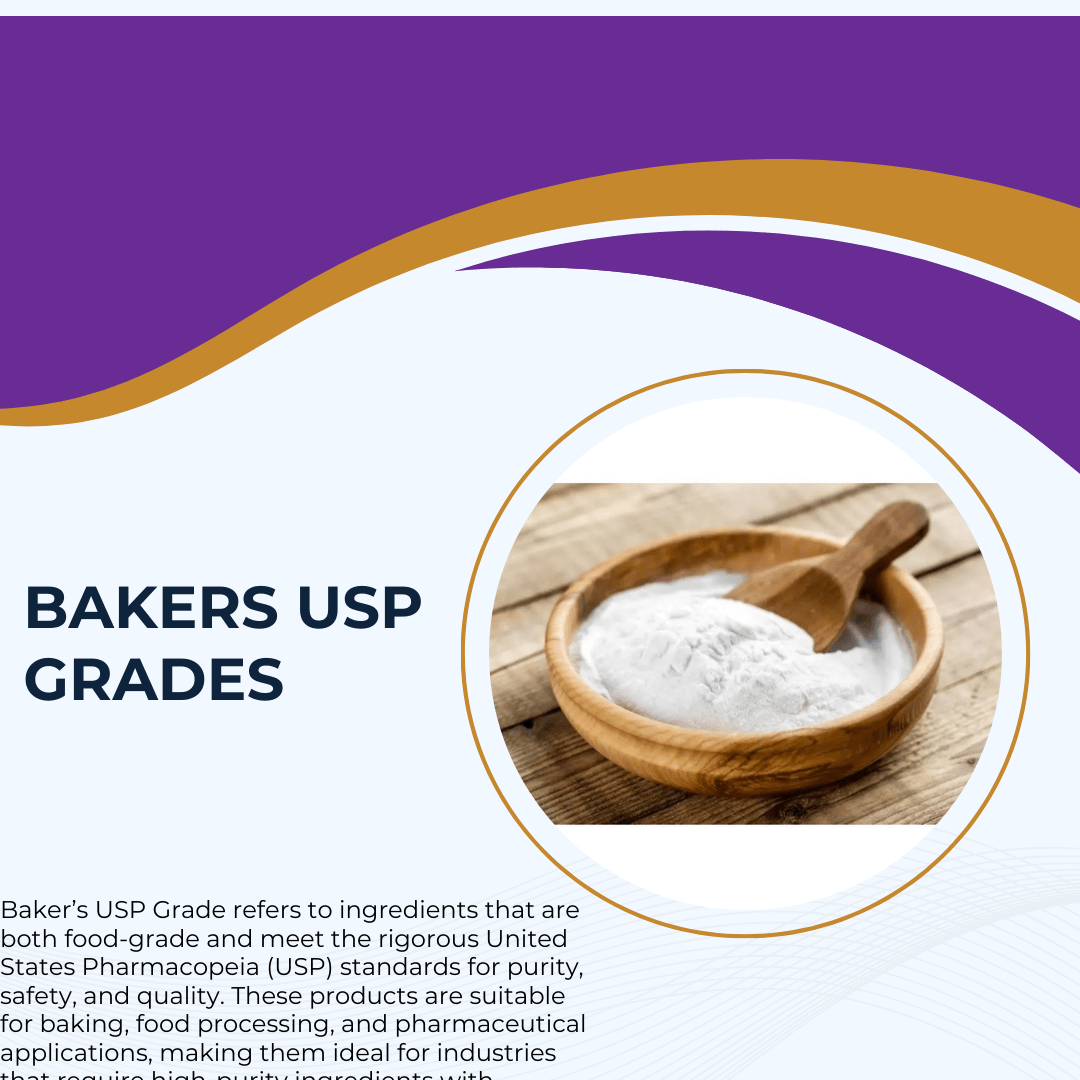
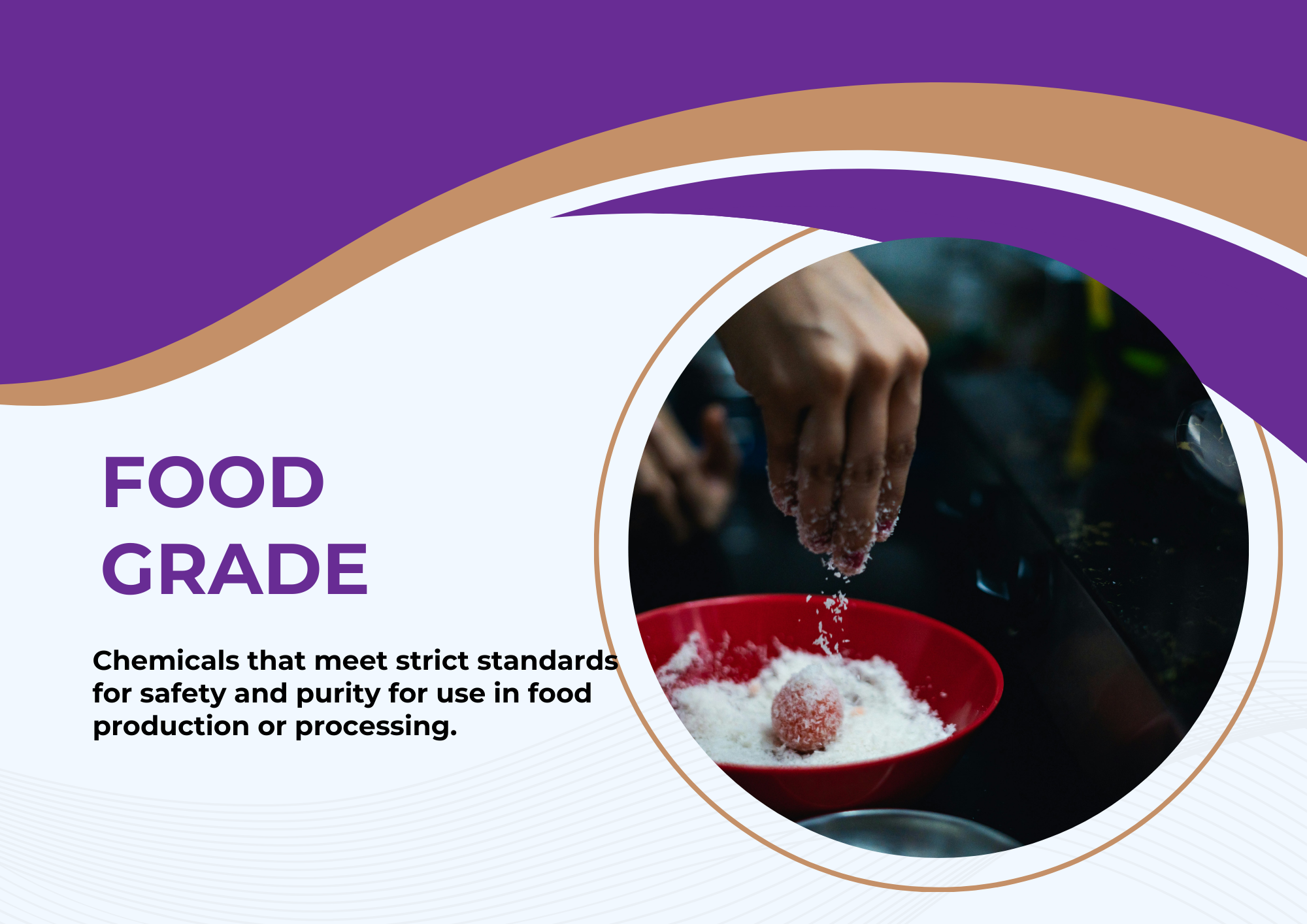

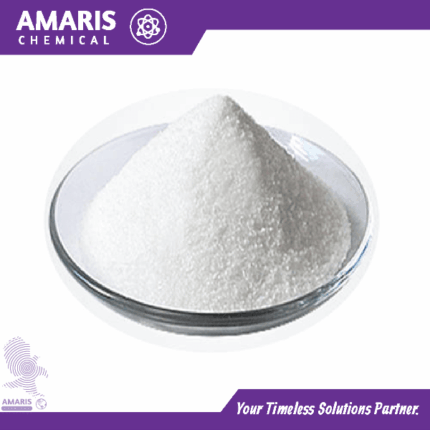
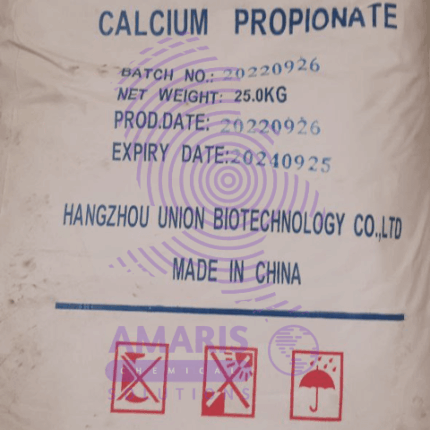
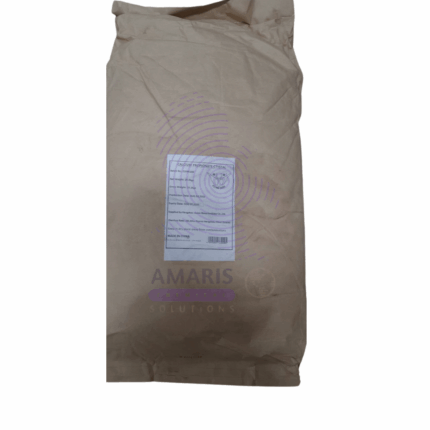

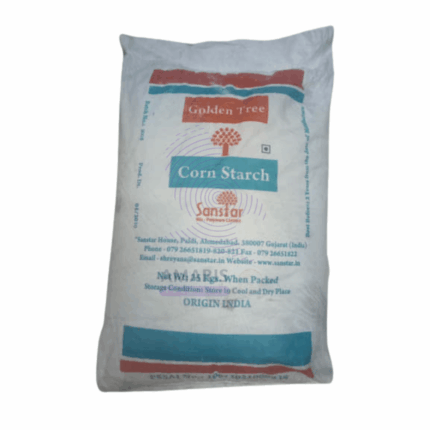
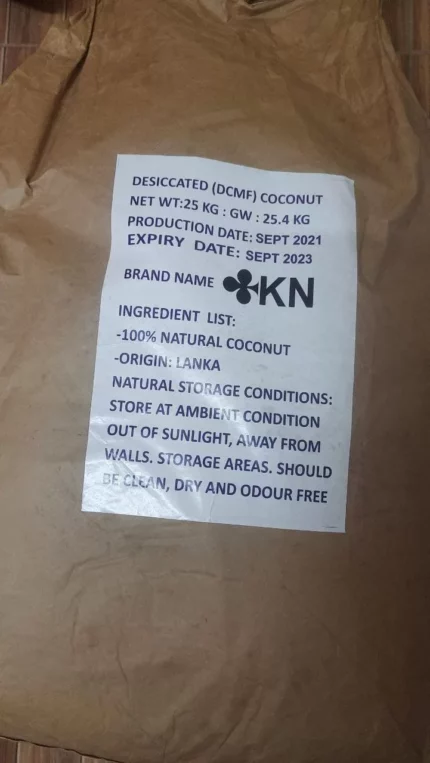
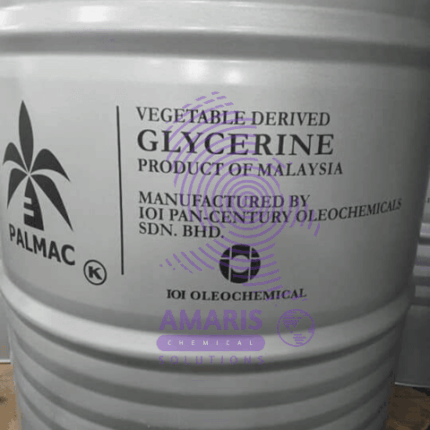
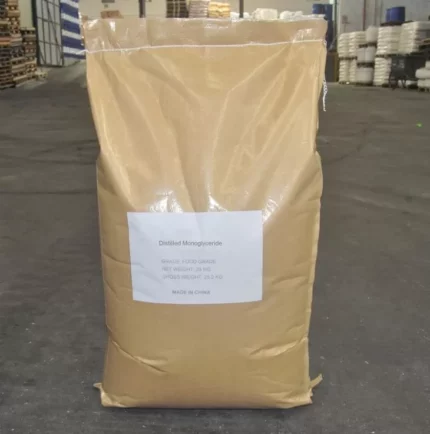
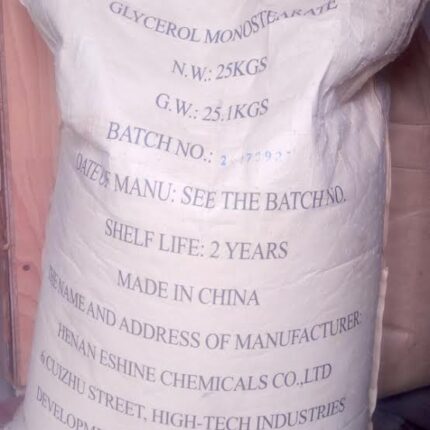
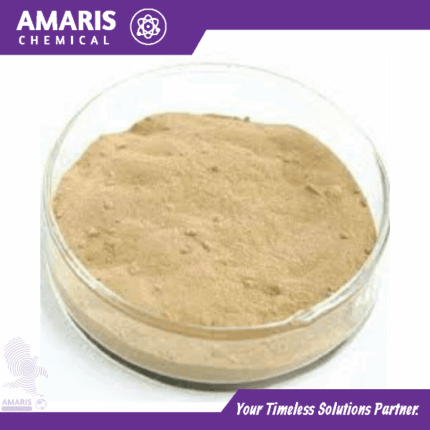
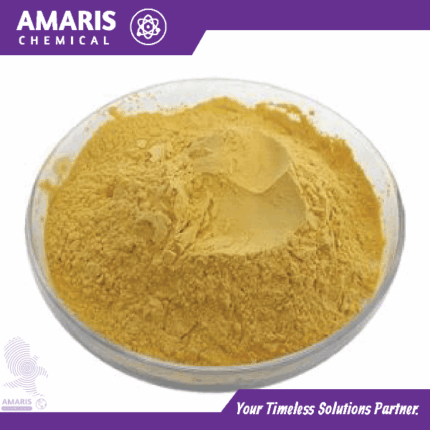













Reviews
There are no reviews yet.